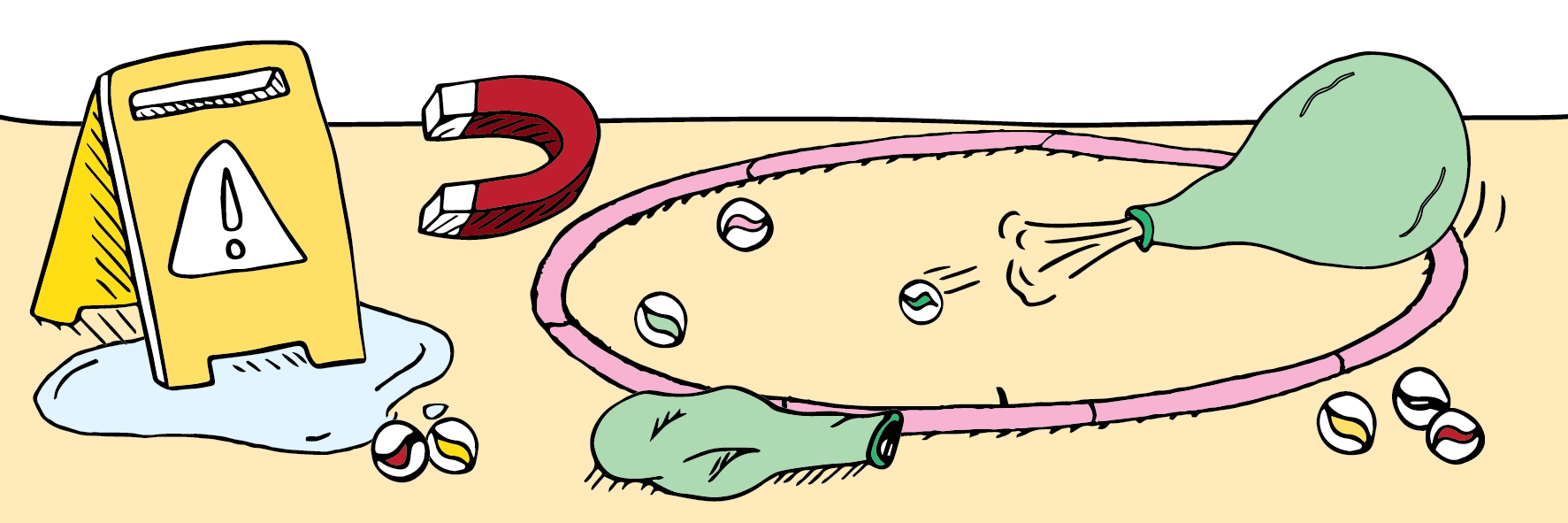Access keys for nzta.govt.nz
- h Home
- m Menu
- 0 Show list of access keys
- 2 Skip to content
- 3 Skip to top

Activities A1 to A5 make up Science in Motion: Gravity and Friction. Support students to explore forces and motion for the first time with the activity below.
Activity A1 Marvellous marbles: to move or not to move [PDF, 171 KB]
This is a "first exploration" type activity.
By being open it allows the teacher to gain an understanding of student’s prior knowledge about forces and motion, including potential misconceptions. Listen and watch very carefully. Accept their descriptions and vocabulary.
Be wary of instantly using technical words such as energy, force, gravity etc without checking that all students know what is meant by each one.
This is an opportunity to use the student’s ideas as the starting place for co-constructing class definitions and understanding.
This activity is adapted from Building Science Concepts Book 42: Marbles. Additional content support for teachers can be found in this book.
Book 42: Marbles: Exploring Motion and Forces (TKI - Science online)(external link)
Investigating in Science – exploring, predicting, defining, analysing.
NZ Curriculum | Science achievement objectives(external link)
Gather and interpret data, use evidence.
The five science capabilities (TKI - Science online)(external link)
Physical World. Achievement objective: explore, describe and represent patterns and trends for everyday examples of physical phenomena, such as movement, forces.
Changing the movement of an object requires a (net) force to be acting on it.
The students can . . .